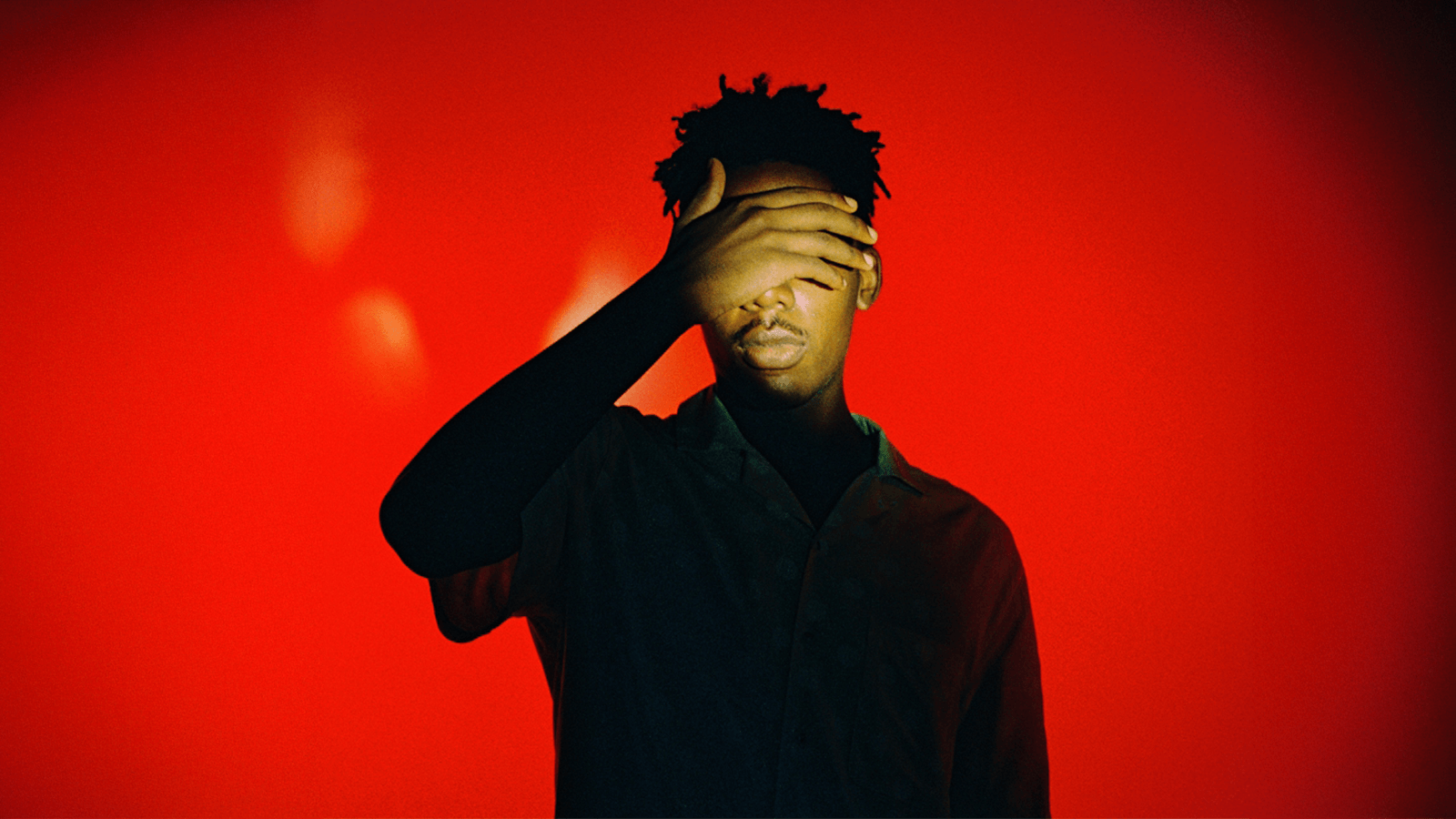Men Can Be Vulnerable, Too: How We Can Embrace The Spectrum Of Masculinity & Learn To Really Open Up
I was talking to a woman at a bar. As she turned away, thinking herself out of earshot (little does she know I have low-level anxiety, a constant need for validation and bat-like hearing), she turned to her friend and said, “He looks really manly, but when you speak to him, he’s a bit fruity.” Clutching my tote bag with my Penguin Classic and leather-bound journal close to my chest, I left to go and escape my feelings by watching 500 Days Of Summer on my mate’s couch.
Even though being called ‘fruity’ makes me feel like one pair of short-shorts closer to the Mescal Dream, it also highlights something more serious about the power of the language we use to describe men who are perceived as ‘softer’ or more in touch with their emotions. It raises questions about the perception of male vulnerability and the societal implications of such labels.
In Outlaw Culture: Resisting Representations, bell hooks argues, “Whether we’re talking about race or gender or class, popular culture is where the pedagogy is; it’s where the learning is.” And right now, pop culture is filled with evolving portayals of masculinity, whether it’s TikTok’s ‘my little gay boyfriend’ trend, actor Josh O’Connor daring to attend the Chelsea Flower Show or Dazed magazine heralding the rise of ‘fruity boys’ as ‘the new soft boys’. These depictions not only reflect but also shape societal expectations.

And the language used to define these expressions of masculinity can be problematic. TikTok terms such as ‘zesty aura’ and ‘fruity boys’ perpetuate the misconception that softness in straight men signals queerness, conflating emotional openness with sexual identity. This can not only restrict men’s freedom of expression but also reinforce rigid binaries, hindering the possibility of both gender fluidity and allowing ourselves to open up.
But are we really surprised? A quick search for ‘male vulnerability’ on TikTok reveals polarising content. Some videos show men discussing questions such as, “Is being vulnerable unattractive to women?” while others delve into the more problematic realm of the manosphere, blaming women for men’s struggles with emotional openness. Despite this vast span of perceptions and opinions, a common thread emerges: many of us lack the tools to handle vulnerability in the first place.
I too find it difficult to open up, but I never have any regrets when I do. In fact, I always feel better after talking things over with someone I trust. London-based psychologist Dr Natalie V Bailey explains that for anyone with fears of opening up, regardless of their gender identity, “It may feel risky because it exposes parts of ourselves we fear could be judged, rejected or misunderstood. But when framed positively, vulnerability becomes essential for personal growth and deeper connection. Healthy vulnerability is about being intentional and open. It means taking ownership of when, where and with whom we choose to share parts of ourselves, recognising our worth and sharing only in safe and supportive spaces.”
Even for those known for their work in the mental health space, learning to open up can prove difficult. Medic, podcaster and author Dr Alex George – who is also the UK’s youth mental health ambassador – shares that he’s only come to realise the benefits of sharing in recent years. “I can show emotions much better than I used to,” he says. “That doesn’t mean a lot of the old-fashioned views of masculinity don’t show their head sometimes, but you recognise when you repeat these patterns. You say to yourself, ‘No, actually, I’m going to open up, or I’m going to be more comfortable talking about this.’ It’s about practising that and keeping consistent.”
It’s a sentiment that is echoed by musician Jordan Stephens – one half of hip-hop duo Rizzle Kicks – whose journey with communicating his emotions has been just as complex. “To me, vulnerability means having the bravery to face any situation with an open heart,” he says. “A lot of my life, I’ve been incredibly impulsive and volunteered information unprompted. I’m working backwards and learning to measure myself a little more.”
“Vulnerability is about showing up as we are,” adds Dr Bailey. “It’s not a matter of lacking strength but an act of courageous openness that helps us connect, grow and heal. We must allow ourselves to feel to heal, and through vulnerability, we create the space for real transformation.”
Importantly, the language we use around vulnerability is crucial. Dr Bailey suggests that when approaching difficult conversations, “Instead of labelling behaviour as ‘toxic’, describe how it made you feel. ‘When you said that, I felt dismissed,’ is more productive than assigning blame,” she says. Dr Bailey also advises against phrases such as, ‘I understand how you feel,’ which can be dismissive. “It’s better to offer support by saying, ‘I’m here to listen,’ or ‘I want to understand what you’re going through,’” she says.
So perhaps instead of attempting to deal with your feelings by losing yourself in Noughties romcoms, it’s time we all became more self-aware and truly opened up…
Dr Natalie V Bailey On 5 Ways We Can All Be Vulnerable & Support Others To Open Up Too
1. Choose The Right Time – “Vulnerability requires a safe space to emerge. Make sure you’re in a setting where both you and the other person(s) feel comfortable, free from distractions or time pressure. A calm, private environment allows vulnerability to surface more naturally, making it easier to engage in a deeper conversation.”
2. Take Responsibility – “Opening up is often easier when someone else takes the first step, but it’s important to be mindful of responsibility when sharing. And while vulnerability is powerful, it doesn’t mean oversharing or revealing everything at once. Share something meaningful that shows openness, but in a way that feels safe and appropriate for the situation. By doing so, you create an atmosphere of trust and mutual openness, inviting the other person(s) to share their vulnerability as well, knowing that it’s welcomed and not judged.”
3. Ask Open-Ended Questions – “Vulnerability can be difficult to express if someone feels cornered or pressured. Open-ended questions, like ‘How have you been feeling lately?’ or ‘Is there something on your mind you’d like to talk about?’ gives the other person space to share their vulnerability without feeling rushed or pushed for an answer.”
4. Listen Without Judgment – “Vulnerability requires a space free from judgment. Practice active listening by focusing fully on what the other person is saying, without interrupting or immediately offering advice. By simply being present, you create a safe environment for individuals to express their vulnerability.”
5. Name & Validate Feelings – “Once they’ve shared, acknowledge what you see or sense about their emotions. Naming the emotion, or describing what you observe, helps create a sense of safety and allows the other person to feel seen – even if you don’t fully understand their experience. Feelings are always real and deserve to be acknowledged, even though the thoughts or beliefs driving those feelings may not always reflect the full reality. You could say something like, ‘I can see that this feels really tough,’ or ‘It seems like this is weighing heavily on you.’”
Jamie Styles is Editorial Assistant at Service95




